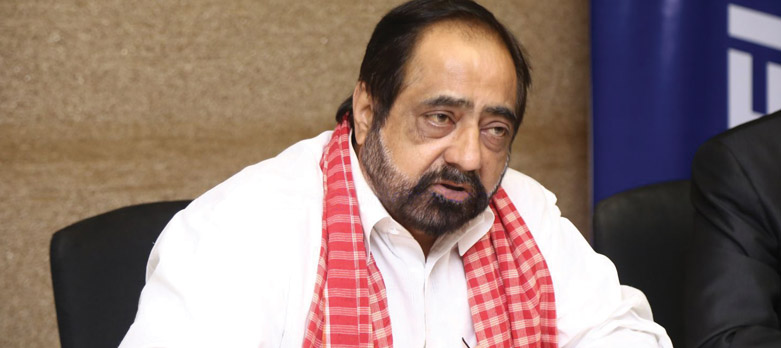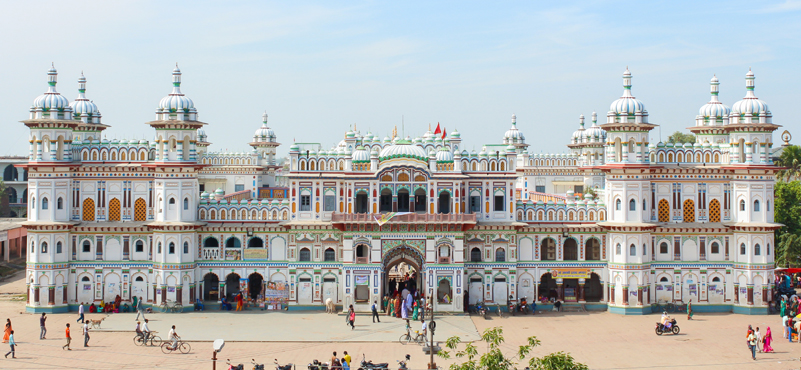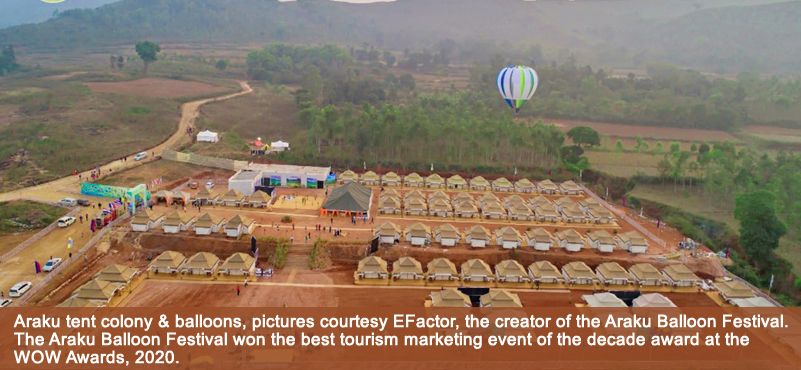In a no holds barred conversation, veteran theatre actor and director blames the lack of imagination in projecting Delhi as the cultural hub of the nation. He also suggests a roadmap to recovery by pitching in private players in diversifying tourism offerings and using street-food to create an irresistible experience.
India, which takes pride in calling itself the repository of the world heritage and the longest continuing civilization in the world, is going through a crisis of sorts. A look at the state of cultural events and theatres that act as an attraction for the visitors – as it gives them a first-hand experience of the country’s DNA – is in a state of doldrums. It is cutting a sorry picture for a country as diverse in culture, cuisine and heritage as us. “Propelling a destination as a tourism product requires a lot of government help. As far as I am concerned, and my industry is concerned, Bollywood sells the world over. Why can’t we package it as tourism gimmick?” argues Hussain. “London has a lot of plays going on all the time, they have about 35-40 west end theatres, New York has, also around 40-50 theatres – these are big tourist hubs. So, anyone who is going to these cities is surely going to go to west end and Broadway. We are bereft of such engagements, we do not have any evening activities, so tourists are not interested in staying-over and heads to close by destinations. We have no activities and shows to keep them in Delhi,” he says.
It is true that theatres require ample money and initial investment. However, Husain is of the view that instead of looking at fresh investments, it is time to look at monuments as centers for cultural programmes and culinary exploration. “Sure, we can’t build fourty new theatres over-night. But, what we do have is a number of monuments where we can create shows. Every monument can have a different show. You can have a dance and light show somewhere, a bhangra programme, a qawaali concert somewhere else. We have such a wealth of legacy of culture and heritage – which we are yet to exploit. Monuments can create magic for the tourism industry, not just in Delhi but world over. But there needs to be a reason to visit the monument, “he reasons.
Bemoaning the lack of skilled staff to create a pleasant interface with the visitors, he points out the stark difference between an experience in India and one abroad. “We go to Lal-Quila, Hampi and Agra, now compare that experience to going to one of the smaller monuments in Western Europe, let us say Windsor. You will find people there dressed up in medieval costumes, there are audio-visual guides and food in the premises. Our guides are dressed shabbily, have inadequate grooming to handle visitors, and have little skills to handle their jobs in a competent way – because we have not trained them,” he emphasizes.
He advises handing over the monuments, for upkeep, to corporate players and involving them in looking after the building, the guides, their uniforms and the gardens. “All of it will render a different feel. But, if we keep offering them chowkidars in chappals, shouting ‘tickets!’ on top of their voices, then we got to stop and re-think,” he quips.
Instead of copying the western model, he suggests adopting a unique Indian approach, focusing on accentuating Indian history, culture and cuisines with an international feel and standard. “We can have thirty different shows at different venues, each one different from the other. We can’t get the quality of theatre that is happening in
Broadway and west end, but we should look to create activities with an Indian idiom, in an international language, with an international feel, equipment and standards. We can promote our history and culture and give the visitor an authentic Indian experience. We do not do all of this because there is simply no vision,” he tells us.
The way forward
Amir Raza Husain suggest a fourpronged strategy to make Delhi a hub of cultural activities. He stresses on making the most of the community spaces transforming them into cultural activities zones. Apart from coming down heavily on the ASI, he emphasizes on conducting cultural shows in monuments bringing history and culture closer to each other in the real sense.
ASI must clean up its act
ASI must wake up to the reality. You can’t have a monument clean by banning food and drinks. They will have to start taking responsibility as a serious stakeholder. Nowhere in the world, will you find that food and drinks are
unavailable in the major attractions. They blame it on tourists, but can’t they have a mechanism in place to keep the
premises clean and yet use food to boost sales? It should rope in skilled people to create an interface with the visitors. It must engage trained guides and chowkidars in the whole process.
Explore the power of Indian street food
India’s culinary strength is undisputed. What is stopping us to make food an enabler in travelling? The ministry of tourism and other stakeholders must catch hold of trained chefs and restaurateurs that do not serve hamburgers and have a hygienic and standardized menu serving clean street food – which will not give the traveller a bad stomach upset. We can use the power of Indian street food and have monuments as centre of history, culture and cuisines. It will floor the crowd.
Evening cultural shows
They are an extremely important facet of city’s tourism offering. We have none here. Why can’t we have the corporate taking care of its upkeep and provide entertainment. Let them run the show. Wouldn’t it be a great situation where different private parties compete to stage the best show and ensemble of products in the city? Can’t we begin with twenty monuments? The ministry of culture can take the responsibility of staging the cultural events. With such a wide variety of culture and heritage to showcase, I see no problem in creating a platform like that. I am sure, if we begin by doing this, there will be tremendous spurt in the number of visitors in a very short span of time.
Create hubs of activities using vacant community spaces
We must use available community spaces to create zones for different activities. Take for instance, the Times Square in the New York – it is a hub of activities, there is some or the other event or happening there all the time. Can’t we use the empty spaces around Rajpath, for instance, to have a number of shows, dance performances and cultural events? We can have designated corners where people can find a great place to relax and eat good food, enjoy good cultural activities etc. This will act as a magnet, not only for the foreign tourists, but bus-loads of Indian tourists who come to Delhi in search of a vacation.




































